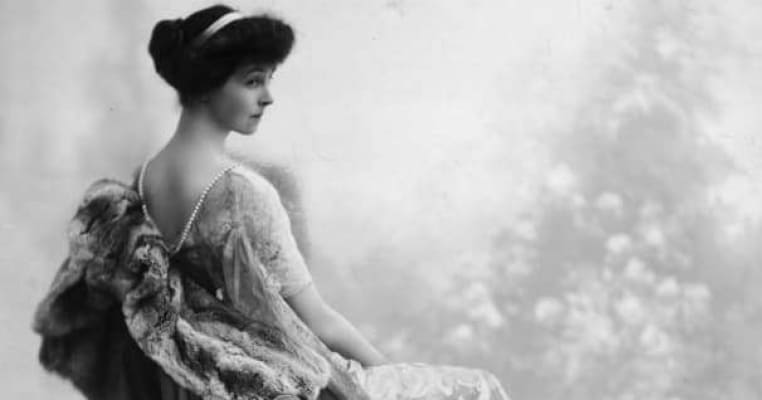The Gilded Age, which began in the years after the Civil War, was characterized by wealthy railroad tycoons, steel barons, and sugar kings who quite literally had more money than they knew what to do with. However, there was a catch: they weren’t royalty, and that just wouldn’t do.
The American Constitution forbids the American government from giving out titles of nobility, and elected officials are not supposed to accept a claim that is given to them from a foreign country. For example, if the Queen of England were to knight somebody and that same man was to go on to be elected to Congress, he would be expected to drop the title that he obtained.
There were some excellent reasons for spurning the idea of nobility in the New World. The Founding Fathers wanted to make sure that the system that they created, which would evolve into what we now understand as democracy, wouldn’t become compromised through a network of status and privilege (though some would argue that happened anyway, without formal titles). Still, who wouldn’t want to become a baroness, a duchess, or even a princess? The American government seems to only stand in the way of your dreams.
But when you are so filthy rich that you have a gold-plated toilet in your bathroom, you can figure out a way to buy your way out of that quandary. Enter the dollar princesses, the daughters of these super-wealthy elites whose parents paid top-dollar dowries so that they could marry into the British aristocracy. Read on to learn more about the practice that led to the dollar princesses and how their legacy can still be seen.
16. America’s Nouveau Rich Emerged as Britain’s Aristocracy Was Crumbling

Many people in American history came from extraordinarily wealthy families or made fortunes in trading or other enterprises in the early days of the country. Consider John Jacob Astor, who grew up in an impoverished family in Europe but became the first multi-millionaire when he emigrated to America and set up a fur-trapping business. These wealthy elites, who had long since been established, turned their noses up at the nouveau rich, like the Vanderbilt’s. They were poor farmers on Staten Island who became one of the wealthiest families in Manhattan who was noted for their extravagant taste in jewelry and other conspicuous consumption.
At the same time, many members of the British aristocracy, the gold standard of inherited wealth and status, the most elite, influential, and exclusive social club in the world, found that their fortunes were rapidly eroding. Their riches had long been held up in the lands and agriculture of England, but much of England’s food production had been outsourced to the United States. With rural populations flocking to cities, the aristocracy frequently found that though they still had vast land holdings, they were not worth nearly what they had been.
Their houses were crumbling, and they couldn’t afford repairs. Their private yachts were stuck at the harbor because they couldn’t afford to take them to the Azores or Caribbean for a luxurious vacation. Keep in mind that if you are nobility, you don’t work. So these impoverished aristocrats just sat around and watched their fortunes collapse around them. Meanwhile, rich fathers on the other side of the Atlantic were prepared to pay exorbitant sums of money (read: dowries) so that their daughters could marry these most eligible bachelors and, in the process, gain a noble title for themselves.

